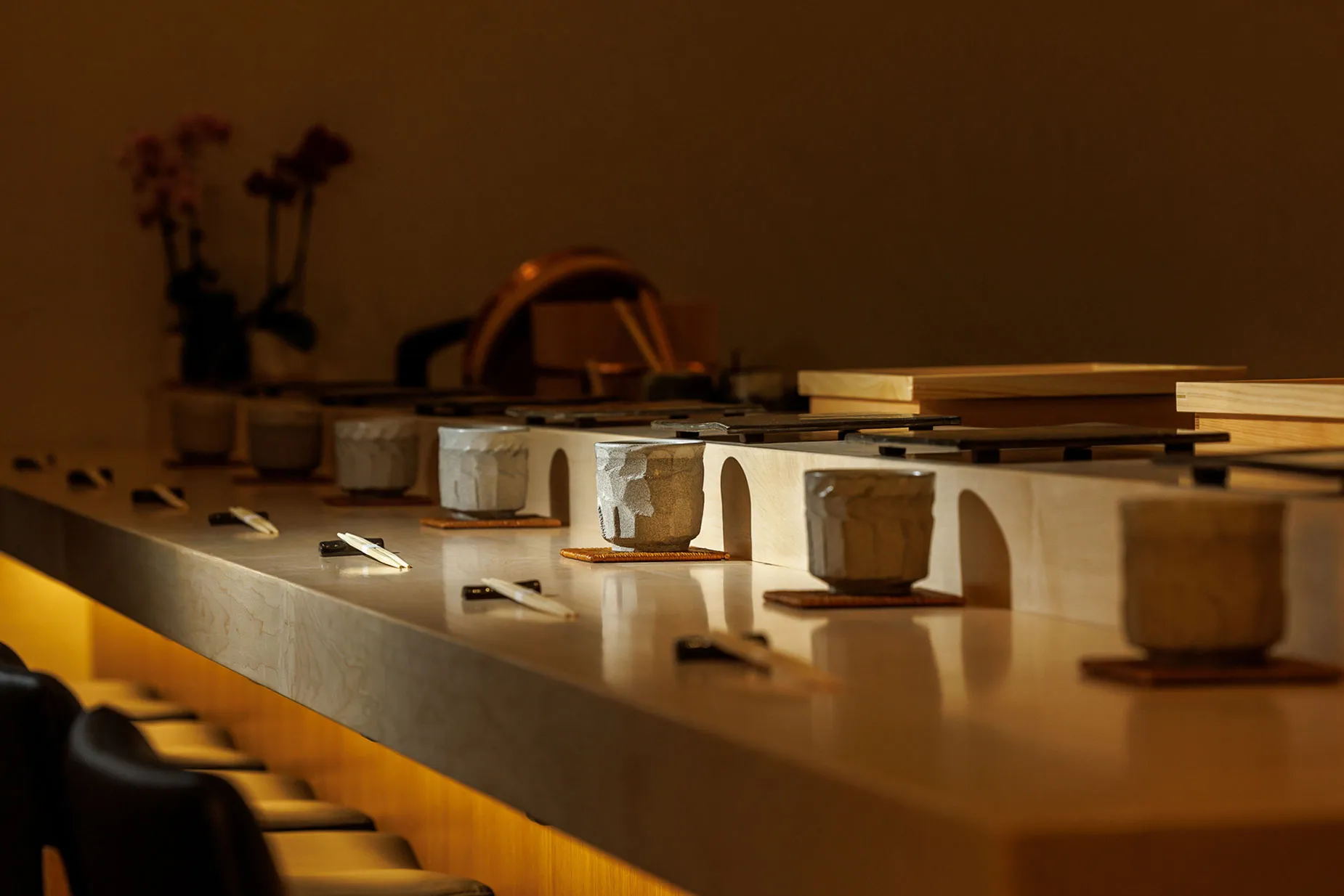日本文化を受け入れる
Embracing the Japanese Culture
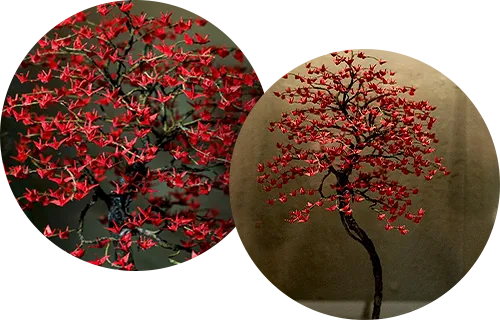
折り紙
Japanese Origami
At the entrance of Sushi Yūgen is an origami tree filled with over 500 origami cranes, each hand folded by a very tiny piece of origami paper that is less than 0.5×0.5cm.
In the ancient Japanese Imperial court, origami served as an elegant yet amusing leisure activity. Eventually origami developed widespread appeal, and ultimately the practice transformed into an indispensable part of everyday life. The crane (鶴), is known to represent longevity.
Folding origami crane with 1x1cm paper is a demonstration of the Shokunin philosophy in Japanese culture – the craftsman mindset. The Shokunin spirit values a strong work ethic as the only way to get better every day believing there is no limit to how far one can take their skills.
暖簾
Noren – Japanese Curtain
Our Noren (Japanese Curtain) at the main entrance of the restaurant is hand made by Japanese artisan from the Niigata Prefecture in Japan with the finest hemp fabrics using ramie. The handcraft and the traditional techniques used have been passed on for more than 1,200 years. Their craftmanship still inherits and follows the full traditional method from dying to the finishing process in the land of Niigata, Jiya.
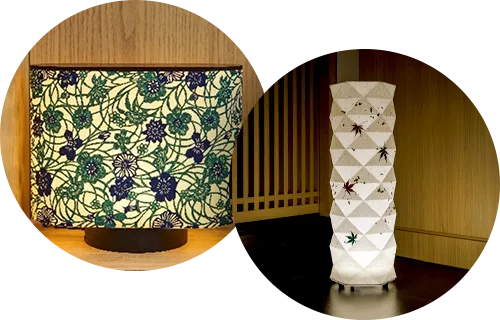
和紙
Washi Lanterns
Handmade Japanese Washi Paper lanterns from Nagoya, Aichi with Japanese maples.
Washi is a national obsession and point of pride for Japan. Washi is traditional Japanese paper processed by hand using fibers from the inner bark of the gampi tree, the mitsumata shrub (Edgeworthia chrysantha), or the paper mulberry (kōzo) bush.
There are so many rich traditions and cultures in Japan which are still in practice today. Paper or washi is a big part of Japanese culture because it is made from scratch. Washi was once used in every facet of life in Japan. With a 1500-year old history, the largest washi-making area in Japan is a cluster of five villages in Echizen in Fukui Prefecture. The high quality paper was used for many things including official documents and even the first Japanese banknotes.
湯のみ
Handmade Japanese Yunomis Kurinuki Technique
At Sushi Yūgen, we use Japanese yunomis handmade with stone-like clay made with the kurinuki technique.
The Kurinuki technique dates back to medieval Japanese times, where it was used to make ceramic objects for the tea ceremony.
It expresses the hands, the cuts, and the care of a human artist. The lines are to be as organically as possible to bring nature elements in our habits. Feel like drinking in a cup carved in a stone.
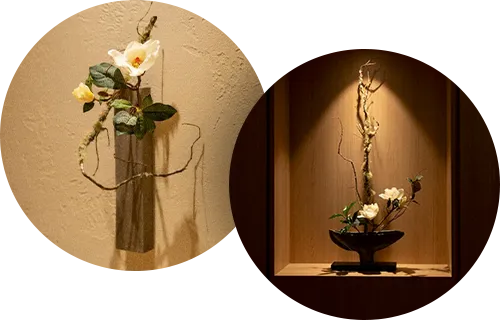
花道
Ikebana – Traditional Japanese Flower Arrangement Artform
Ikebana at Sushi Yūgen is arranged by a local certified teacher from Sogetsu Ikebana School in Tokyo, one of three key schools of Ikebana. These flower arrangements belong to Sogetsu (草月流), which has a strong belief in creativity as it keeps evolving with unconventional materials, creative designs, and new people.
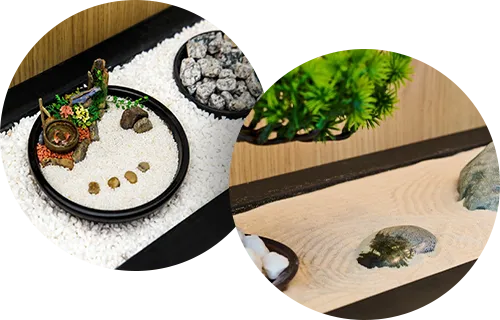
禅の庭
Zen Garden
A Zen Garden is the epitome of control, moderation and simplicity. Rocks are an essential part of the garden, believed to be the “bones” of the earth. Carefully placed stones and boulders symbolize mountains while white sand represents flowing water.
